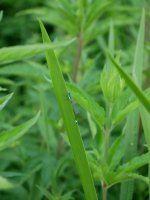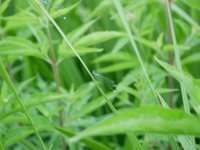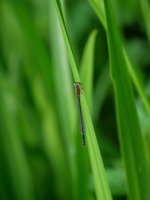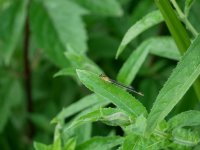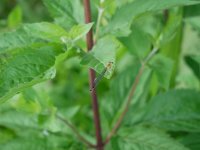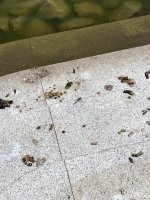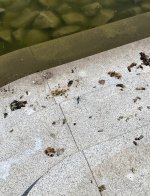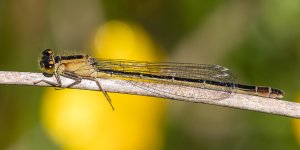Hi,
I took some pictures of some odonata this morning at a pond in a park in my neighborhood in Düsseldorf, Germany. Could you help me to identify them?
I took some pictures of some odonata this morning at a pond in a park in my neighborhood in Düsseldorf, Germany. Could you help me to identify them?
- I think the first two pictures are blue-tailed damselflies. Is this correct?
- For picture 3 I have no idea at all. Any idea what it is?
- For pictures 4 and 5 I initially thought immature female scarce blue-tailed damselfly but my field guide says "female never with teil-light" so probably something else. Any idea?
- Last 3 pictures were taken yesterday with my smartphone so sorry for the poor image quality. I think this is a black-tailed skimmer, is this correct?





